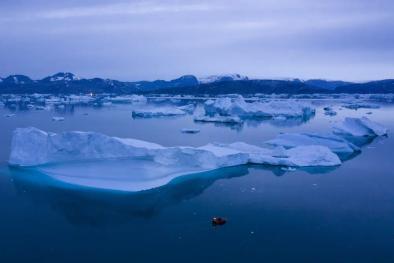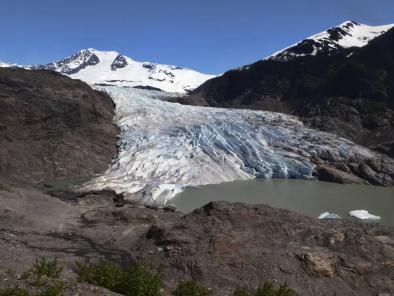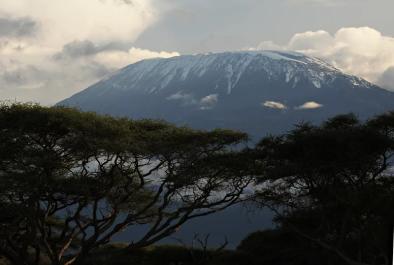Science Source
Exceptionally High 2018 Equilibrium Line Altitude on Taku Glacier, Alaska
- States that the Juneau Icefield Research Program (JIRP) has been examining the glaciers of the Juneau Icefield since 1946
- States that the height of the transient snowline (TSL) at the end of the summer represents the annual equilibrium line altitude (ELA) for the glacier, where ablation equals accumulation
- States that Taku Glacier's ELA has been observed annually from 1946 to 2018
- Satellite imagery shows that since 1998 multiple annual observations of the TSL in satellite imagery identify both the migration rate of the TSL and ELA
- Finds that the mean ELA has risen 85 ± 10 m from the 1946–1985 period to the 1986–2018 period
- In 2018 the TSL was observed at: 900 m on 5 July; 975 m on 21 July; 1075 m on 30 July; 1400 m on 16 September; and 1425 m on 1 October
- States that this is the first time since 1946 that the TSL has reached or exceeded 1250 m on Taku Glacie
- States that the 500 m TSL rise from 5 July to 30 July, 8.0. md−1, is the fastest rate of rise observed
- Combines this with the observed balance gradient in this region, which yields an ablation rate of 40–43 mmd−1, and finds nearly double the average ablation rate
- Concludes that the result of the record ELA and rapid ablation is the largest negative annual balance of Taku Glacier since records began in 1946
Related Content
Headline

Jan 25, 2023 | Climate Nexus Hot News
Greenland Warmest Since Before Norman Invasion Of England
Headline

Jan 6, 2023 | Climate Nexus Hot News
Urgent Climate Action Can Limit, But Not Prevent, Glacier Loss
Headline

Nov 8, 2022 | Climate Nexus Hot News
UNESCO Glaciers Doomed And Threatened By Climate Change
Headline

Jul 21, 2022 | CNN
A 'Not Normal' Amount Of Greenland's Ice Melted Last Weekend


